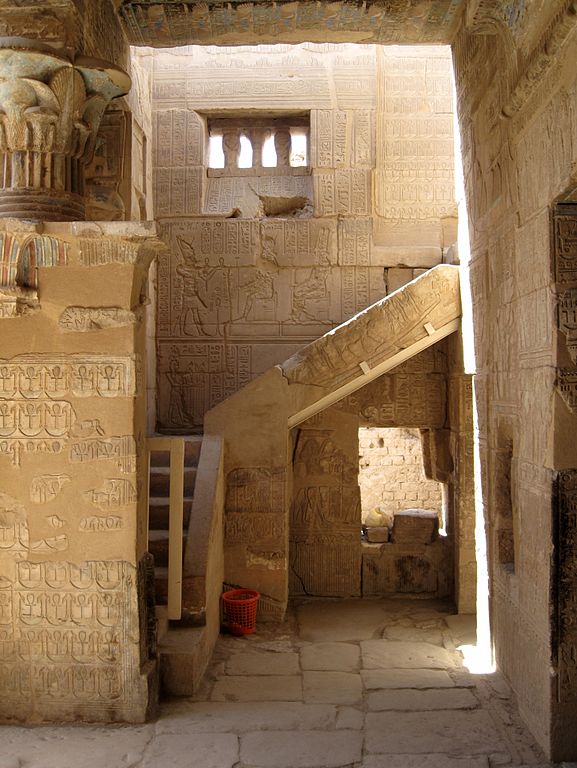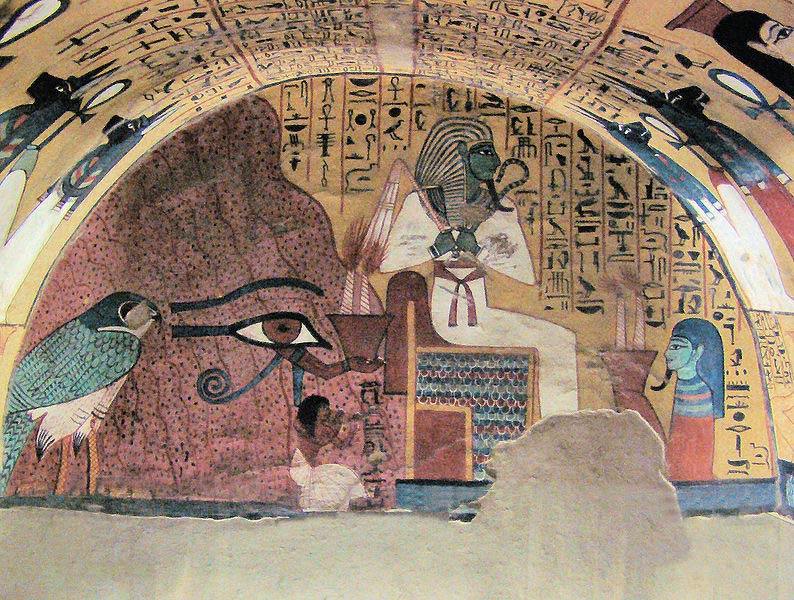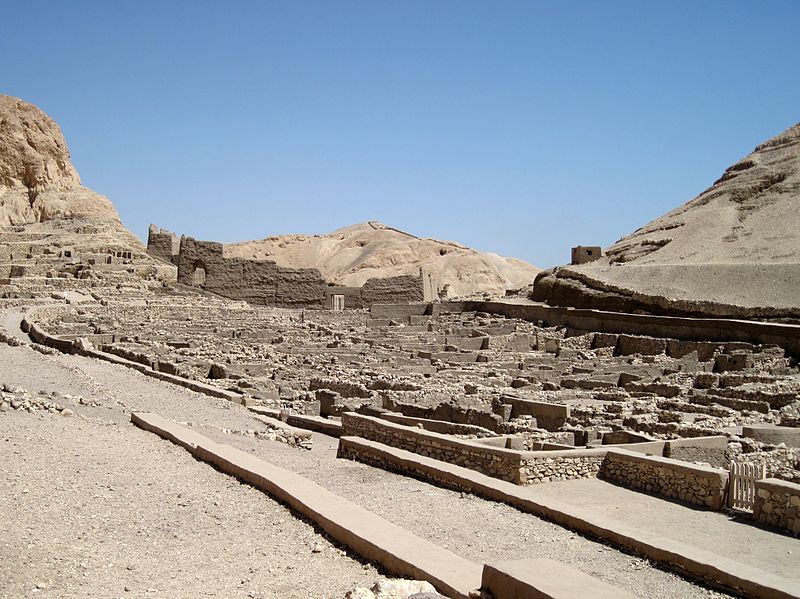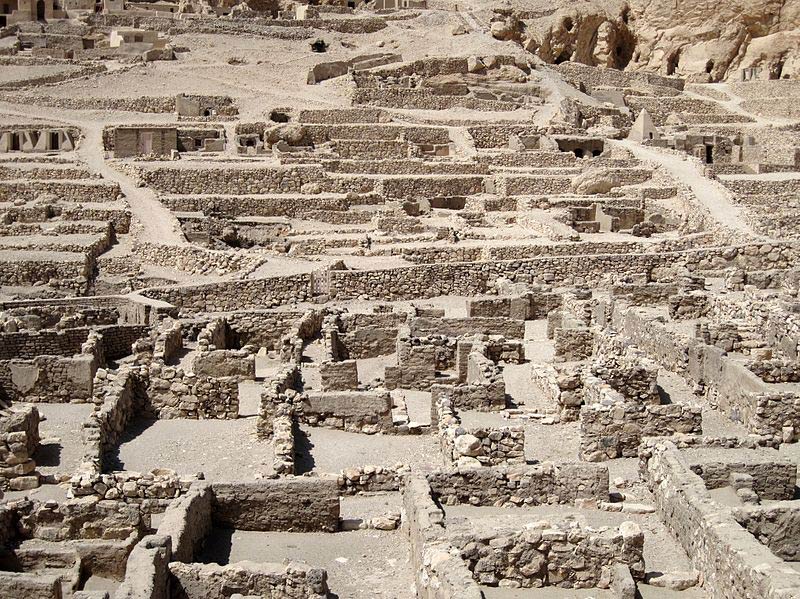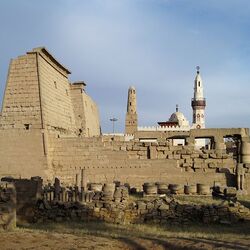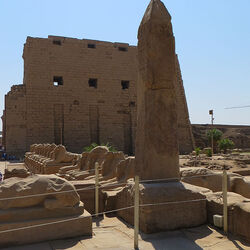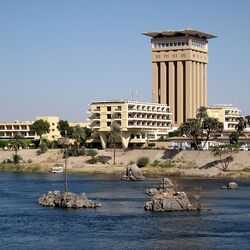Deir el-Medina
Deir el-Medina is a necropolis in the western part of the Nile River. Translated from Arabic, it means "City monastery". This necropolis stands out among many other Theban graves because people who belong to the same social society are buried in this place. This archaeologically significant coastal area was first studied in 1905 under the leadership of Ernesto Schiaparelli.
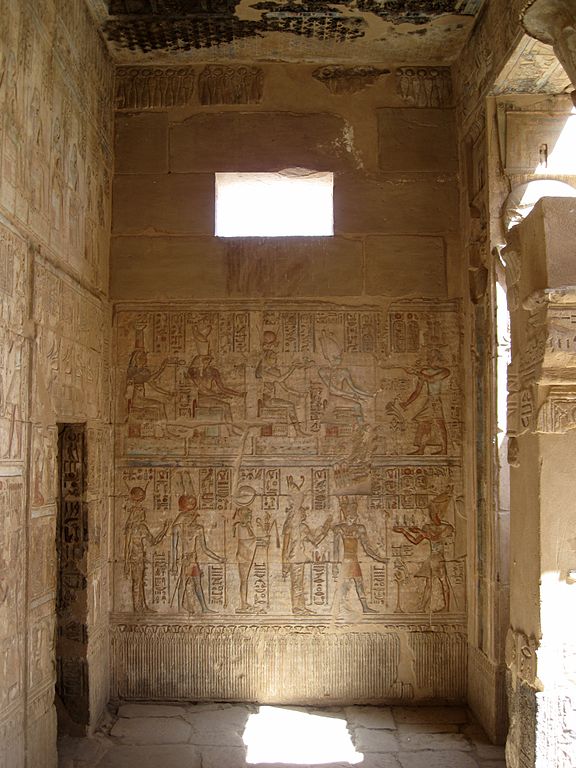
Burials of artisans, artists, and laborers who were engaged in the beautification of the royal tombs were discovered in these places. The drawings on the walls of these simple workers, which speak about the occupations of the tsars, have reached our times. A striking example of their hard work are the necropolises "Valley of the Kings" and "Valley of the Queens", as well as others where notable Egyptians are buried. But the burials of priests, which date back to a later period, have also been discovered in this area.
The settlements of ordinary workers who inhabited this territory date back to the beginning of the XVIII dynasty before the Ramessid era (about 1550-1069 BC) and are an area measuring approximately 50 by 130 meters, where about 70 houses were built with stone. There were intertwined streets between the houses. The settlement was constantly growing until it reached its peak level. The tombs of the dead were located on the hill. In Deir el-Medina, there were two types of burial sites – those that were a pyramid, and those that were located at the depth of a cut opening in the rock. The pyramid-shaped graves also had a brick-walled front courtyard, which could be accessed by bypassing the entrance in the pylon. Trees grew here, flowers were planted. There was a pyramid directly behind this courtyard. There was a funeral chamber under it, where the mummies of all family members were buried. The rock tombs were distinguished by the fact that the pyramid had nothing to do with the graves, but was here as a decoration located above the front hall cut into the stone rocks. The bodies themselves were buried deep in the rock.
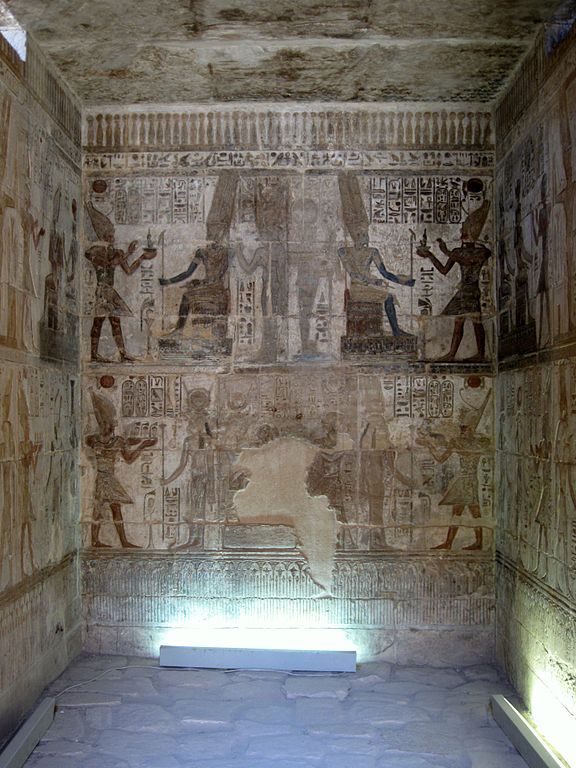
It was found that in Deir el-Medina there were also temples built during the reign of Ramesses II (temple of Amun) and Seti I (temple of Hathor). The latter is well preserved and is located behind its strong walls. The temple stands out quite well, the neat pillared hall is carefully decorated, it also has sanctuaries.
The patroness of Deir el-Medina was Meritseger, who was the goddess of builders and artisans. On the way from Deir el-Medina to the Valley of the Kings, there is a chapel located in a cave and attached to Meret Seger.
The excavations at Deir el-Medina have made a huge contribution to history, as many papyri and various pottery shards with inscriptions and drawings have also been found here, which give us the opportunity to fully imagine the life of the ancient Egyptians.
